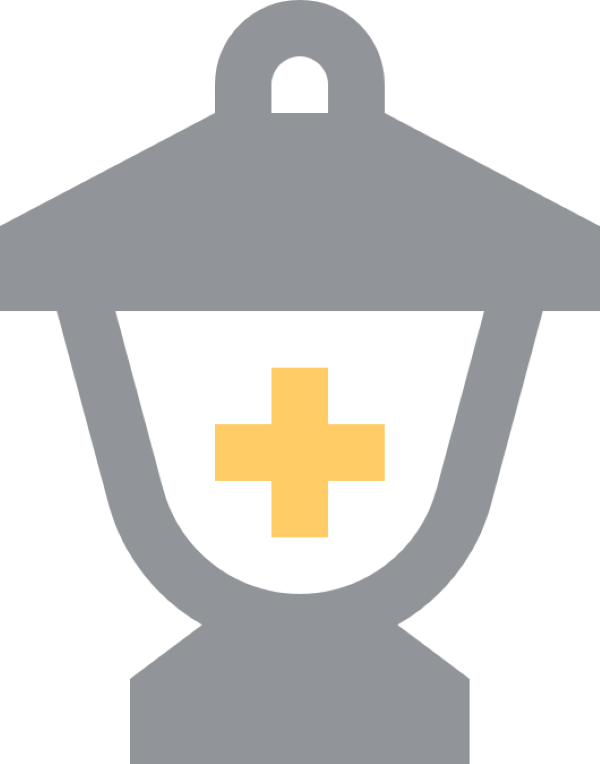Providing After-Hours Services: Best Practices and Quality Improvement
For most patients, urgent health concerns rarely happen Monday through Friday, between 9 AM and 5 PM. That’s why providing reliable and culturally appropriate after-hours services is so important for Federally Qualified Health Centers (FQHCs). It’s not just about meeting patient needs—it’s also a key requirement under HRSA program requirements. But how can health centers ensure their after-hours care is effective, accessible, and compliant? Let’s dive into what HRSA requires, how to meet those expectations, and how secret-shopper calls can elevate your after-hours services.
What Does HRSA Require for After-Hours Services?
HRSA has clear expectations when it comes to after-hours care. Health centers must ensure patients can access help when the doors are closed, whether they’re dealing with a physical, oral, or behavioral health issue. This means having a system in place for patients to reach qualified staff by phone who can assess their needs and provide guidance—whether that’s advice on self-care, scheduling a follow-up visit, or directing them to emergency care.
Accessibility is also critical. After-hours services need to accommodate patients who speak languages other than English. And once a call comes in, it’s not just about handling the immediate concern—health centers are responsible for documenting the interaction and following up as needed.
Building a Strong After-Hours System
Creating an effective after-hours system isn’t just about meeting regulatory requirements—it’s about ensuring patients feel supported when they need it most. Start by making sure your after-hours contact information is easy to find. Post it prominently on your website, clinic doors, and even in printed materials like brochures.
Staff training is another cornerstone of success. On-call clinicians should know how to handle emergencies, access language interpretation services if needed, and document calls properly in the electronic medical record (EMR). Regular training sessions or mock scenarios can help keep these skills sharp.
And don’t forget to follow-up! After-hours care doesn’t end when the call does. Whether it’s scheduling an appointment or checking in on how a patient is doing, follow-through shows your commitment to comprehensive care. But remember, if it’s not documented, it’s not done! Make sure the interaction makes it back into your EMR.
The Secret Weapon: Quarterly Secret-Shopper Calls
One of the most effective ways to evaluate your after-hours services is through “secret-shopper calls”. These are simulated patient calls designed to test how well your system performs under real-world conditions—and they’re an invaluable tool for identifying gaps and opportunities for improvement.
Here’s how it works: You create realistic scenarios that mimic common patient concerns—think feverish children, medication questions, or sudden dental pain. Then someone poses as a patient and makes the call. The goal is to evaluate everything from how easy the after-hours number was to find on your website, to how quickly the call is answered, and how they are able to provide care to people who do not speak English.
After the call, you’ll review what went well and what could be improved. Was the staff member polite and professional? Did they provide clear instructions? Did they know the number for the translation services company to patch in an interpreter? Was the interaction documented properly? These insights and findings should then be brought before your Quality Improvement to evaluate what went right and what went wrong. RegLantern provides an After-Hours Quarterly Audit Form you can use and you can locate it on our Resources page.
The benefits of secret-shopper calls are huge. They help you identify training needs, refine protocols, and ensure compliance with HRSA standards—all while improving the overall patient experience.
Why It Matters
When HRSA conducts an Operational Site Visit (OSV), they’ll look closely at your after-hours arrangements. They want to see that you have systems in place for handling emergencies outside of regular hours—and that those systems work as intended. Usually on the first evening of your review (often a Tuesday evening), the clinical reviewer will locate your after-hours number on your website, make a call, posing as a health center patient or disclosing they are a reviewer testing the line (the approach varies for each reviewer).
They will note how easy it was to find the after-hours number. Were the resources located in English and at least the next most commonly spoken non-English language for your community (often Spanish)? Were they connected to a clinical staff member who could provide clinical judgment and triage in the timeframe required by the health center’s after-hours services policy? Did the clinician taking their call verbalize what they would do if the patient was speaking a language the call-taker did not speak? Were they friendly and helpful?
By conducting quarterly secret-shopper calls, you’re not only preparing for these reviews but also demonstrating your commitment to continuous quality improvement.
Providing after-hours services isn’t just about ticking a box on a compliance checklist—it’s about delivering patient-centered care that meets people where they are, even when your clinic doors are closed. By combining strong documentation practices, accessible systems, well-trained staff, and innovative strategies like secret-shopper calls, health centers can go above and beyond HRSA requirements while improving outcomes for their communities.
So why not make secret-shopper calls part of your quality improvement toolkit? They’re simple to implement but powerful in their impact—helping you refine your processes, support your staff, and ensure every patient gets the care they deserve, day or night.
For more guidance, contact the RegLantern HRSA compliance experts today!
Subscribe to the RegLantern Blog
Get the latest posts delivered right to your inbox
RegLantern provides HRSA compliance services (including mock site surveys) and online tools to assist your health center with continual compliance.

